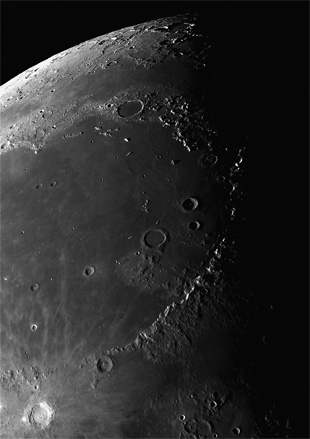A digital camera can be used with a wide range of accessories, the most commonly used being lenses, filters, external flashes, and tripods. But there’s also one very useful accessory that many people overlook: the telescope.
When you hear about a camera and a telescope being used together, the first question that comes to mind is “How do you use a telescope with a camera?” or “Can the two really work together?” The answer is yes, it’s possible to use a camera and telescope together.
Photographers and those still learning the ropes of photography can use a telescope with their digital or 35mm optical camera. You can find telescope attachment kits, and many photographers engaged in wildlife and astro photography find them useful. The kit normally contains T-mount adapters, camera-specific adapters, eyepieces, and other accessory parts.
Buying a telescope kit is a good idea for easy installation. Otherwise, you’ll have to determine the specifications for the right T-ring and T-thread for your camera and purchase them separately. With a kit, however, you’ll have all the pieces readily available.
You can buy a kit from a camera or scope optics manufacturer. You may also search for companies that provide T-adapter kits. There are some manufacturers of mobile phones that also offer telescope attachment kits that can increase your camera’s zoom capability.
The most important step here is to find out the model number of your camera so you’ll know the right telescope to purchase.
The DSLR is considered a popular telescope camera. It utilizes an automatic mirror system and pentamirror. This system works by directing light from the lens through the viewfinder. The telescope is usually attached to the camera.
The T-ring is attached to the camera by removing the eyepiece and screwing it onto the threads. You also need to thread the T-adapter to the T-ring. This step will join the telescope to the camera after which you can already use it.
Before using the T-mount, it is important to clean its threads with a lens brush. You may also use a soft cloth to clean the threads. Cleaning them will ensure that they will screw properly with a tight seal.
Keep in mind that the telescope may replace the camera lens. This creates a telephoto lens with greater magnitude.
Another component that may be needed is the tele-extender. This is composed of two tubes, one of which fits into the other. The purpose of one of the tubes is to fit to the telescope while the other one is threaded to fit a T-ring. To put them together, the telescope visual back should be attached to the tele-extender inner sleeve which, in turn, attaches to the tele-extender outer sleeve. This outer sleeve is then attached to the T-ring.
To use the telescope, it’s necessary to have a tripod. This will lessen the vibration, which is normal for high magnifications.
About the Author:
For information about camera accessories, visit 42photo.com, New York’s legendary camera store in business for over 40 years.
Like This Article?
Don't Miss The Next One!
Join over 100,000 photographers of all experience levels who receive our free photography tips and articles to stay current:







Can you please advise me of the adaptor I require to affix my camera – (DSLR – A 330) to my telescope
(OPTICRON GS665A) to enable me to fully enjoy my ornithology.
Thankyou in anticipation.
Can the CCD part of a digital camera be installed in place of the secondary mirror? Would it require a lens? Do you know of anyone selling such a system?
Thanks for the blog I didn`t know this was possible. I think this should open the options for all the people who are into the astronomy and want to learn what the heaven has in the bank for us to know about. With not much gear to add to your digital camera and lens you can enjoy being an expert astronomer
This was a great read, I did not think it was even possible to use a lunar telescope and a camera at the same time to take some truly spectacular shots. Thank you for writing this fantastic blog post and I hope to read more from you in the future.
normaly the camera shakes violently but are not noticed, until you magnefy it so always use hi speed shutter at all times so can be clear when you zoom in for closeups
such a cool website